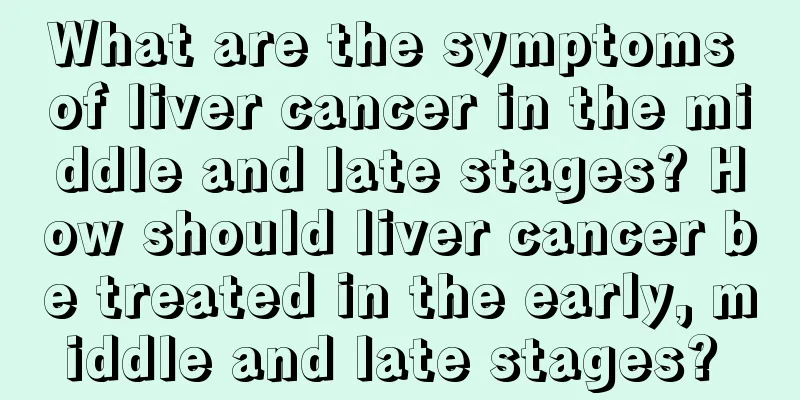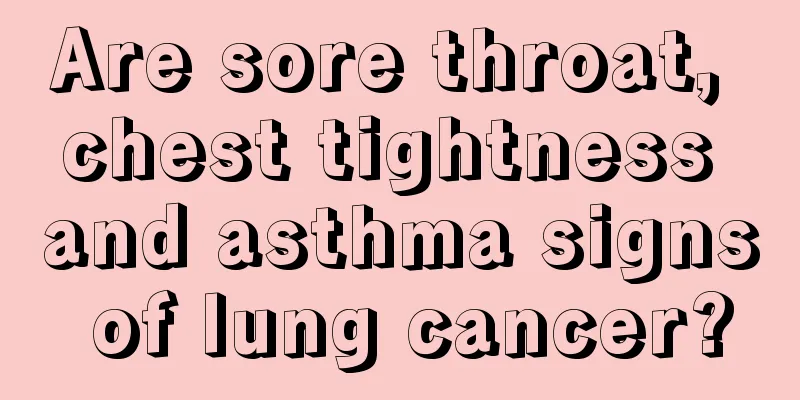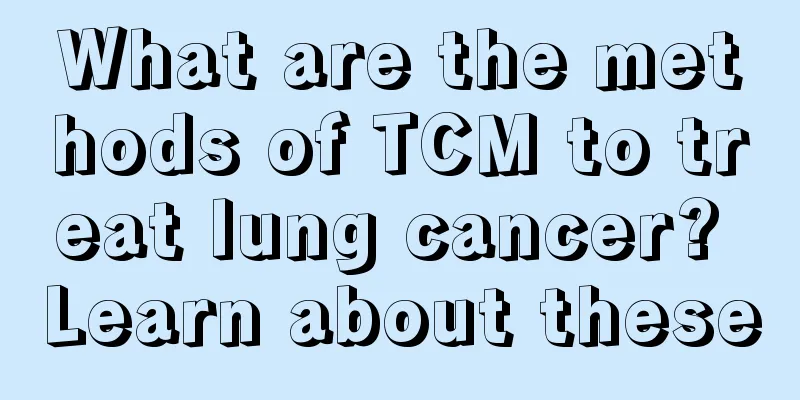What are the symptoms of liver cancer in the middle and late stages? How should liver cancer be treated in the early, middle and late stages?

|
I believe that many people are particularly afraid of liver cancer. It is very likely that people do not pay much attention to the early symptoms of liver cancer, but when liver cancer develops to the middle and late stages, the symptoms are more obvious. Let the experts introduce the symptoms of liver cancer in the middle and late stages. Common symptoms of liver cancer in the middle and late stages 1. Pain in the liver area More than 100 patients have pain in the liver area, and the pain is equivalent to the location of the tumor, which is mostly persistent distending pain or dull pain. Liver pain is caused by the rapid growth of the tumor and the traction of the liver capsule. If the lesion invades the diaphragm, the pain may involve the right shoulder. When the cancer nodule ruptures, it may suddenly cause severe pain and symptoms and signs of peritonitis. If the amount of bleeding is large, it will cause syncope and shock. 2. The systemic manifestations of malignant tumors include progressive weight loss, fever, loss of appetite, fatigue, malnutrition and cachexia. A small number of patients with liver disease may have special systemic manifestations, called paraneoplastic syndrome, with hypoglycemia and polycythemia being more common, and other rare ones include hypercalcemia, hyperlipidemia, carcinoid, etc. 3. Signs of cirrhosis Patients with liver cancer and portal hypertension may have symptoms such as splenomegaly, ascites, and the formation of venous collateral circulation. Ascites increases rapidly, usually as transudate. Bloody ascites is mostly caused by cancer invasion of the liver capsule or rupture into the abdominal cavity, and occasionally by peritoneal metastasis. 4. Jaundice usually occurs in the late stage, which may be caused by liver cell damage, or by compression and invasion of the bile duct near the liver port by cancer mass, or bile duct obstruction caused by the detachment of cancer tissue and blood clots. 5. Hepatoma About 90% of patients have enlarged livers, which are progressively enlarged, hard in texture, uneven, with nodules or lumps of varying sizes, blunt and irregular edges, and often with varying degrees of tenderness. When liver cancer protrudes under the right costal arch or xiphoid process, the upper abdomen may show local bulge or fullness. 6. Symptoms of metastatic lesions If metastasis occurs to the lungs, bones, chest cavity, etc., corresponding symptoms may occur. Chest metastasis is more common on the right side, and there may be signs of pleural effusion. Bone or spinal metastasis may have local tenderness or nerve compression symptoms, and intracranial metastatic cancer may have nerve localization signs. For liver cancer, the treatment methods adopted at different stages are different. So how should it be treated in the early, middle and late stages? 1. For patients with early liver cancer, if the liver cancer is relatively limited and has not spread or metastasized, surgical resection should be actively performed to obtain the best treatment effect. 2. For patients with early liver cancer who cannot undergo surgical resection, such as those who are weak and have poor tolerance, they can receive radiofrequency ablation, intratumoral injection of anhydrous ethanol, hepatic artery embolization chemotherapy, radiotherapy and other measures to prolong the patient's survival. 3. For patients with middle and late stage liver cancer, if the above treatment measures cannot prolong the patient's survival, symptomatic treatment should be given. For example, effective analgesic treatment should be given for pain caused by liver cancer; for patients with spinal metastasis, the development of local tumors can compress the bone marrow, thereby causing paraplegia. At this time, active radiotherapy should be given to control the development of local tumors. The above are the symptoms of mid-to-late stage liver cancer introduced by experts. I hope that through these introductions, everyone can clearly understand the manifestations of mid-to-late stage liver cancer, so that you can pay more attention in life and don’t miss the best treatment period. I wish you good health! |
<<: What are the symptoms of advanced liver cancer? 3 symptoms of advanced liver cancer
>>: What are the nursing measures for lung cancer? 4 common nursing methods for lung cancer
Recommend
What methods can effectively help treat cervical cancer
Cervical cancer is a common disease in life, and ...
Are cerebral hemorrhage and brain stem hemorrhage the same?
Many people are very concerned about some changes...
Hydrocephalus convulsions
Hydrocephalus is a relatively serious brain disea...
What are the symptoms of middle and late stage lung cancer? These are the common manifestations of middle and late stage lung cancer
What are the symptoms of mid- to late-stage lung ...
Viral rash
There are many types of common diseases. When it ...
What are the effects of nasopharyngeal carcinoma treatment?
What is the treatment for nasopharyngeal carcinom...
How should patients with liver cancer eat after surgery? What should patients pay attention to when eating after liver cancer surgery?
Liver cancer is a very common cancer. If it is di...
What is the fastest and most effective way to deal with dizziness
Dizziness is a very common symptom in life. There...
Can I drink yogurt after laser freckle removal
Laser freckle removal surgery is also a minimally...
What is the reason for the pimples on the oral wall
There are bumps on the oral wall. These bumps are...
What should I do if I can’t urinate or defecate in the late stage of lung cancer?
What should I do if I can’t urinate or defecate i...
How much protein is better for the human body to absorb?
As we all know, protein is the most important tra...
The benefits of burning agarwood
I believe that everyone must be both familiar and...
Several common causes of lymphoma
Lymphoma is a common cancer of lymphocytes or cel...
What are the contraindications for chemotherapy for gastric cancer
Chemotherapy is one of the commonly used methods ...









